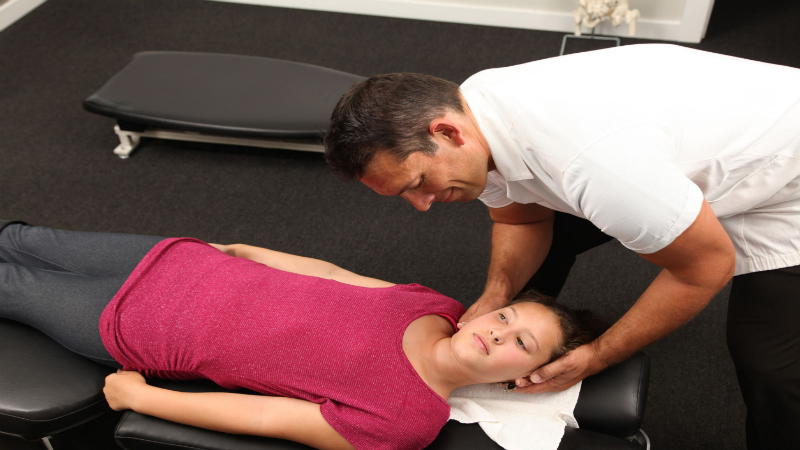There are many different reasons ankles can become swollen and painful. Understanding the cause of the pain and swelling is critical to develop an effective treatment plan and to avoid simply treating the symptoms you are experiencing.
Causes of Ankle Swelling and Pain
When swelling and dull aches and pains occur in the ankles, or just in one ankle after an injury, a fall, a slip or a twist, it is important to have a doctor or a podiatrist examine your foot. It is very easy to have small fractures in the bones of the ankle and foot without any obvious visible symptoms. It is also possible to do damage to the ligaments, muscles and tendons, which can result in long-term foot and ankle pain if not treated correctly.
Other causes of swelling and pain in the ankles, lower legs, and feet include:
* Edema (swelling) – caused by pregnancy, poor circulation, high blood pressure, or other circulatory system diseases and problems. In pregnancy, swollen ankles in the later weeks should be immediately checked by a doctor if any other unusual symptoms are noted.
* Sprained ankles – this is an extreme extension of the ligaments in the ankle. This swelling is not typically associated with any type of bruising and may or may not occur because of a noticeable twist or slip.
* Infection – for some people, especially those with diabetes, swelling in the ankles and feet can be a sign of infection in the foot. This should be checked by your doctor, particularly if you have a diagnosis of diabetic neuropathy.
* Medication side-effects – different medications can cause changes in the body, which result in swelling of the legs and feet. Hormone therapies, steroids, and even over the counter NSAIDs (non-steroidal anti-inflammatory drugs) may cause this reaction.
* Varicose veins – varicose veins and the more serious issue of blood clots can also cause swelling and dull, aching pain in the lower legs and ankles. Typically, varicose veins are obvious on the surface of the legs; however, problems with deeper veins in the leg can also be a serious health issue.
Treatment Options
After ensuring that there are no medical complications causing the swelling and pain, there are several things that can be done to help reduce the problem. These include:
* Elevating the lower legs and feet above the hips and providing rest to the ankle can help alleviate pain and swelling for strains, sprains, and overuse.
* Ice applied to the ankle for 10-15 minutes two to three times per day, in combination with rest and elevation of the ankles.
* The use of NSAIDs, provided they are not the cause of the problem, to relieve pain and swelling.
* Modifying your daily routine to reduce the amount of standing or walking for long durations.
* The use of compression stockings to increase circulation and decrease swelling.
* Wearing comfortable, low shoes to offer support to the ankle and help reduce the risk of further strains or injury.
Talk to your podiatrist or orthopaedic specialist if ankle pain and swelling lasts for more than a few days. Seek immediate help if you have any other symptoms including dizziness, nausea, or aches and pains elsewhere in the body.
At Suburban Orthopaedics, our doctors will provide a full examination to determine the cause of your ankle pain and swelling. To learn more, see us at www.suburbanortho.com.
